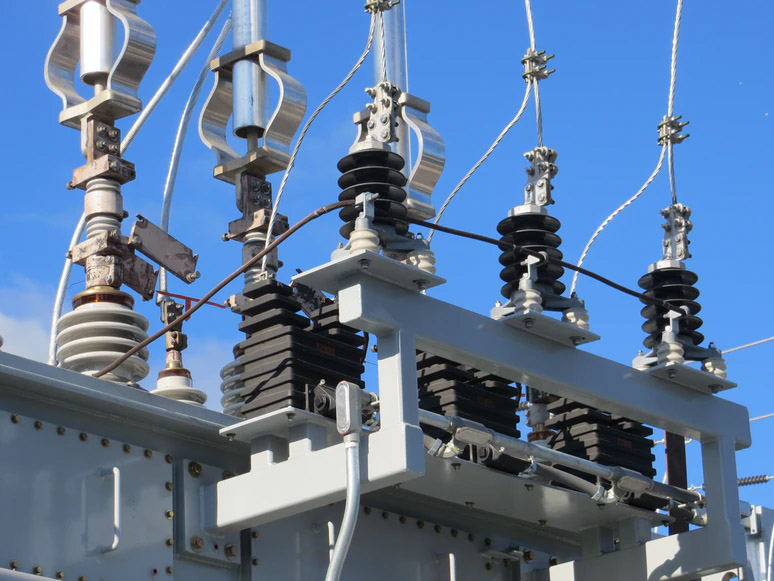Building projects, whether residential, commercial, or industrial, are complex undertakings that involve meticulous planning and execution. Among the myriad of challenges that arise during construction, electrical and power-related issues stand out due to their critical importance to the safety, functionality, and efficiency of the final structure.
This article explores the key electrical and power challenges in building projects and offers insights into effective strategies for addressing them.
1. Design and Planning
Challenge
Developing a comprehensive electrical design that meets the specific needs of the building while complying with local codes and standards is a fundamental challenge. This includes determining the correct placement of outlets, switches, lighting fixtures, and ensuring adequate power supply for all systems and appliances.
Solution
Engage experienced electrical engineers early in the planning phase. Utilise advanced design software to create detailed electrical blueprints and conduct simulations to identify potential issues. Collaboration between architects, engineers, and builders is crucial to ensure the electrical design aligns with the overall building plan.
2. Load Management
Challenge
Properly managing the electrical load to prevent overloading circuits and ensuring reliable power distribution is essential. Overlooking load calculations can lead to frequent tripping of breakers, equipment damage, and potential fire hazards.
Solution
Perform detailed load calculations and implement load balancing techniques. Incorporate the use of energy-efficient appliances and lighting to reduce the overall power demand. Installing advanced electrical panels with monitoring capabilities can help manage and distribute the load more effectively.
3. Power Supply and Backup Systems
Challenge
Ensuring a consistent and reliable power supply is critical, especially in regions prone to power outages or for buildings that house sensitive equipment like hospitals and data centres. The integration of backup power systems, such as generators and uninterruptible power supplies (UPS), poses its own set of challenges.
Solution
Assess the building’s power requirements and potential risks of power outages. Design and install robust backup systems that can seamlessly take over during power failures. Regular maintenance and testing of these systems are necessary to ensure they function correctly when needed.
4. Safety Compliance
Challenge
Electrical systems must comply with a myriad of safety codes and regulations to protect occupants and property. Ensuring that all installations meet these standards can be challenging, especially when dealing with complex systems.
Solution
Stay updated with the latest electrical codes and standards. Hire certified electricians who are knowledgeable about these regulations. Conduct regular inspections and audits to ensure compliance throughout the construction process.
5. Integration with Other Systems
Challenge: Modern buildings often require integration of electrical systems with other technologies such as HVAC, security, fire alarms, and smart building systems. Ensuring seamless interoperability among these systems can be complex.
Solution
Implement integrated building management systems (BMS) that allow for centralised control and monitoring of various subsystems. Ensure that all systems are compatible and can communicate effectively with each other. Collaboration between different system installers is essential for successful integration.
6. Energy Efficiency and Sustainability
Challenge
Increasingly, there is a demand for buildings to be energy-efficient and environmentally sustainable. Incorporating renewable energy sources like solar panels and designing systems that reduce energy consumption present unique challenges.
Solution
Conduct an energy audit during the planning phase to identify opportunities for efficiency improvements. Incorporate renewable energy solutions where feasible, and design the electrical system to support these technologies. Utilise energy-efficient lighting, appliances, and HVAC systems to reduce overall energy consumption.
7. Future-Proofing
Challenge
As technology evolves, so do the electrical needs of a building. Planning for future expansions and upgrades without incurring prohibitive costs or extensive retrofitting is a significant challenge.
Solution
Design electrical systems with scalability in mind. Use modular components and leave extra capacity in conduits and panels for future additions. Regularly update the building’s electrical infrastructure to keep pace with technological advancements.
Conclusion
Electrical and power challenges in building projects are multifaceted and require a proactive, informed approach. By prioritising meticulous planning, adhering to safety and regulatory standards, and embracing modern technologies and sustainable practices, project managers and builders can overcome these challenges.
Ultimately, a well-designed and executed electrical system not only enhances the functionality and safety of a building but also contributes to its long-term efficiency and resilience.

